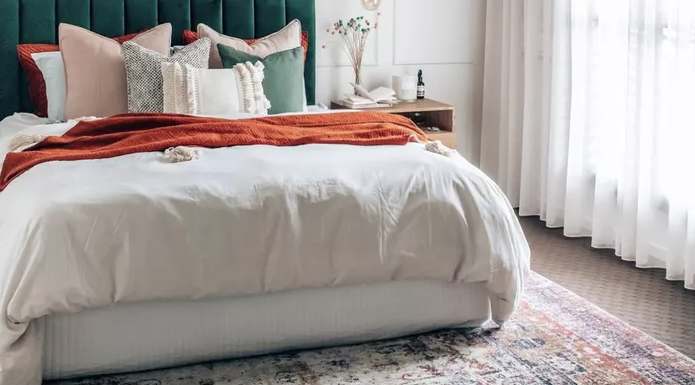I’ve discussed a number of different colour schemes you can use in your styling in the past, such as Analagous and Complementary.
This time, let’s look at using a triadic colour scheme (sometimes referred to as a triad scheme). Sounds a bit scary, right? But it’s easy! You look at a colour wheel, find three colours that are evenly spaced around the wheel, and you’re done!
The colours don’t have to be on the outside rim of the colour wheel; you can also use different tones of triadic colours. One example would be to use lighter tones when you’re wanting to achieve a more subtle effect.


The most common use of a triadic colour scheme is the primary colours red, blue and yellow. It’s a very popular choice in areas for kids, giving a bright and cheerful effect.
Given that triad colours are quite high contrast, you need to think carefully about where you use them in your space to avoid bigger areas looking too busy. If you use triadic colours in a living space, for example, then you might choose to use neutrals in the adjoining kitchen.

Remember, too, that you don’t have to use each colour equally. In fact, it often works best if you stick to something like the 60-30-10 rule, so that one colour is dominant, another is secondary, and the third is only used as an accent.
Whether you choose to be bold and beautiful for a child’s bedroom, or soft and gentle for a living space, a triadic colour scheme can add a vivacious interest to your home.

